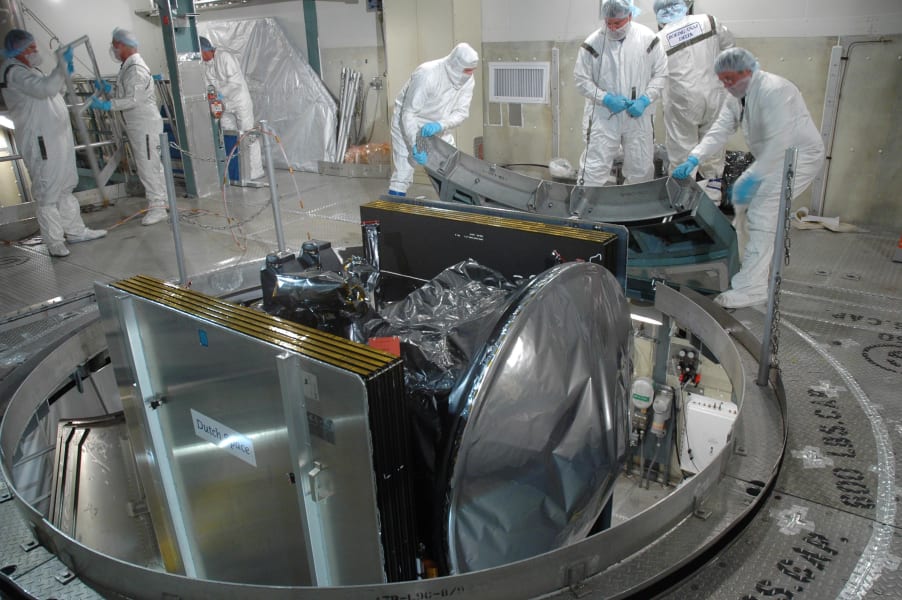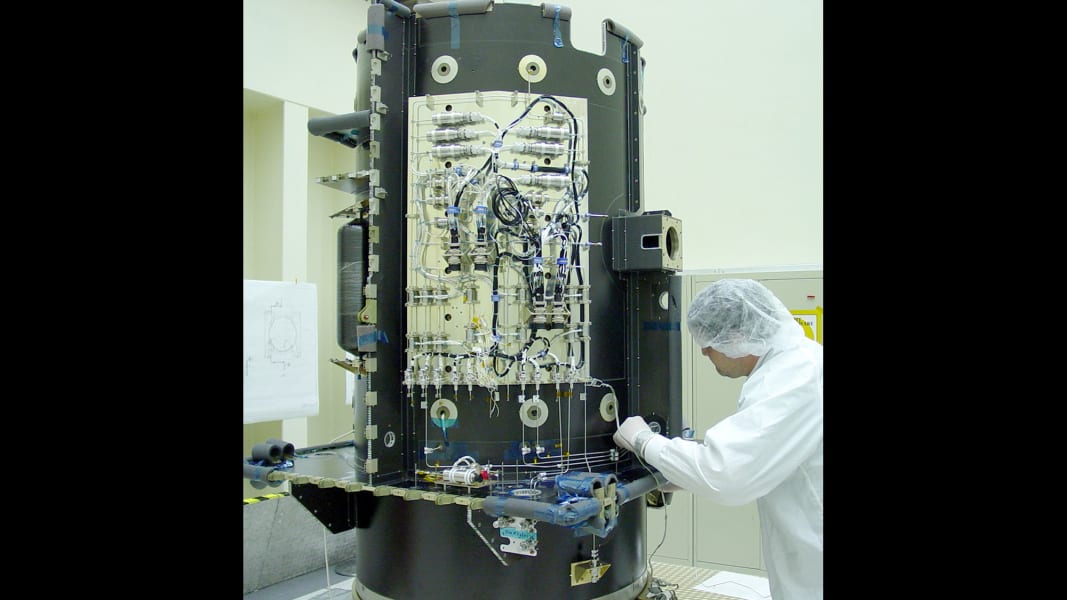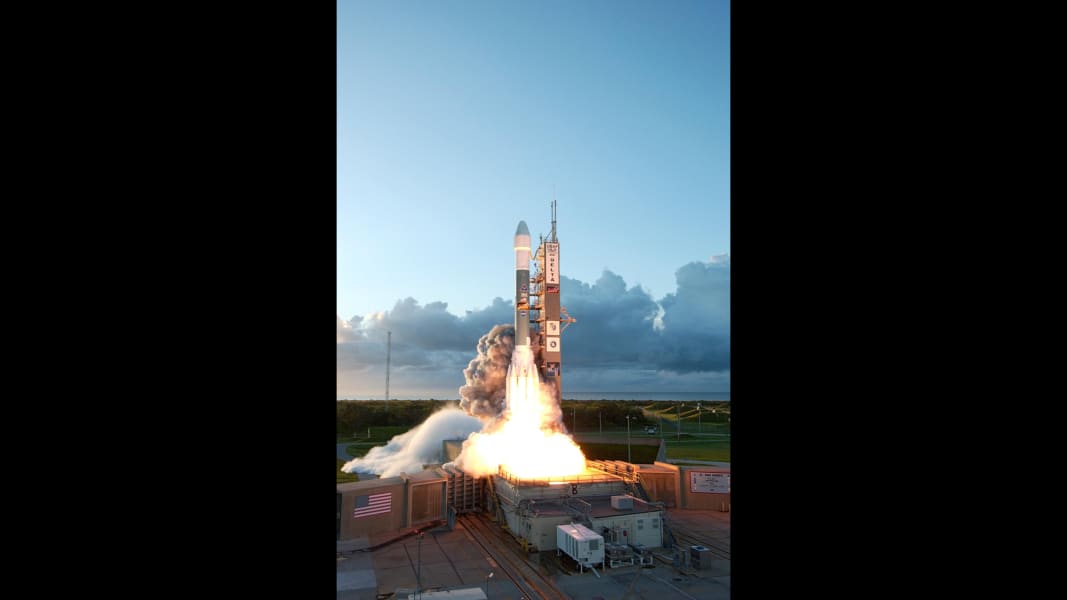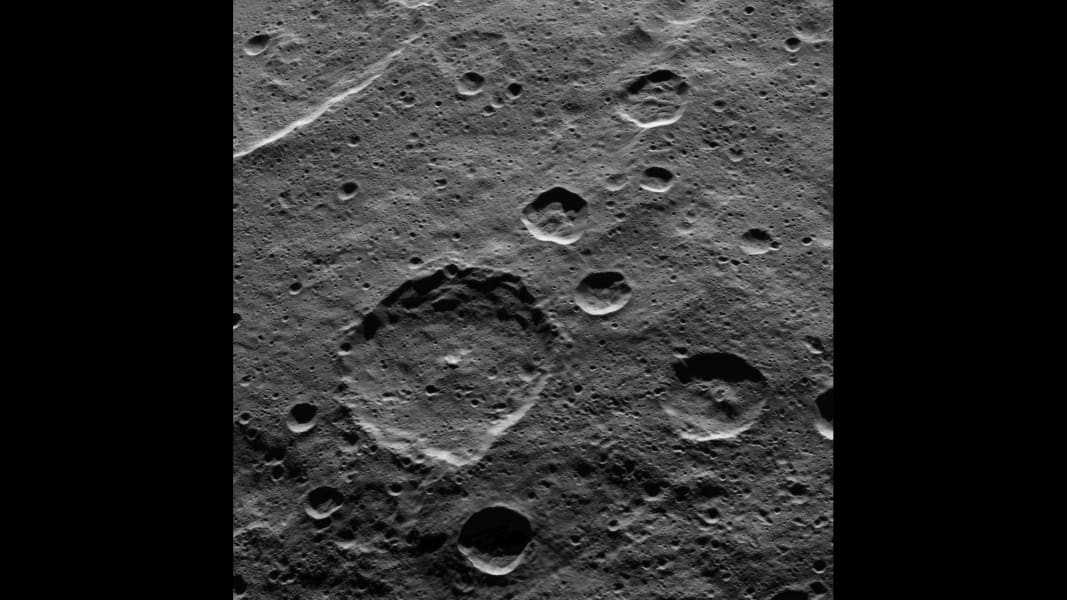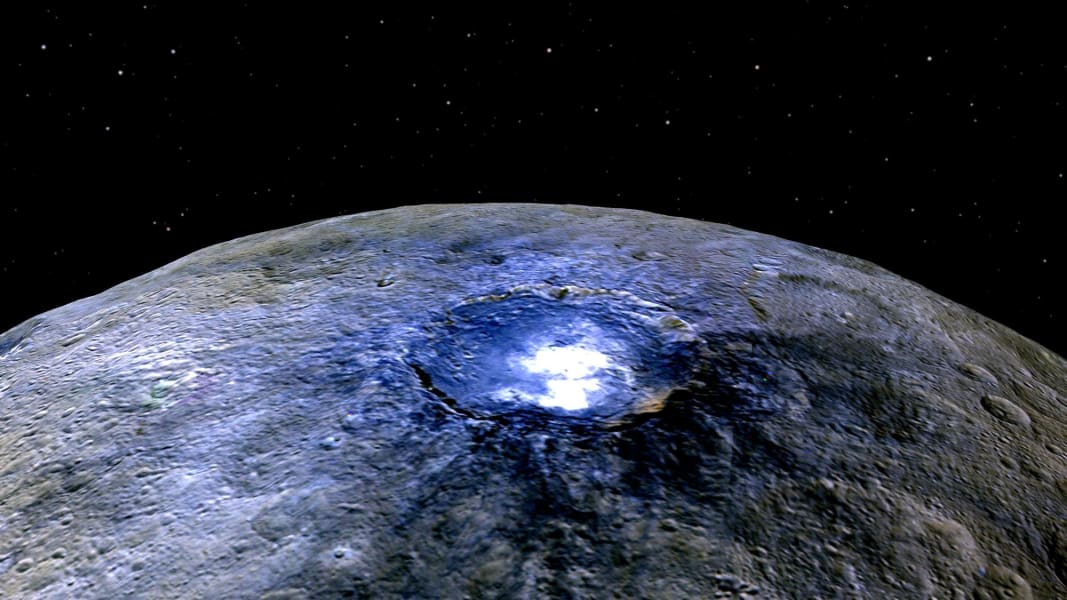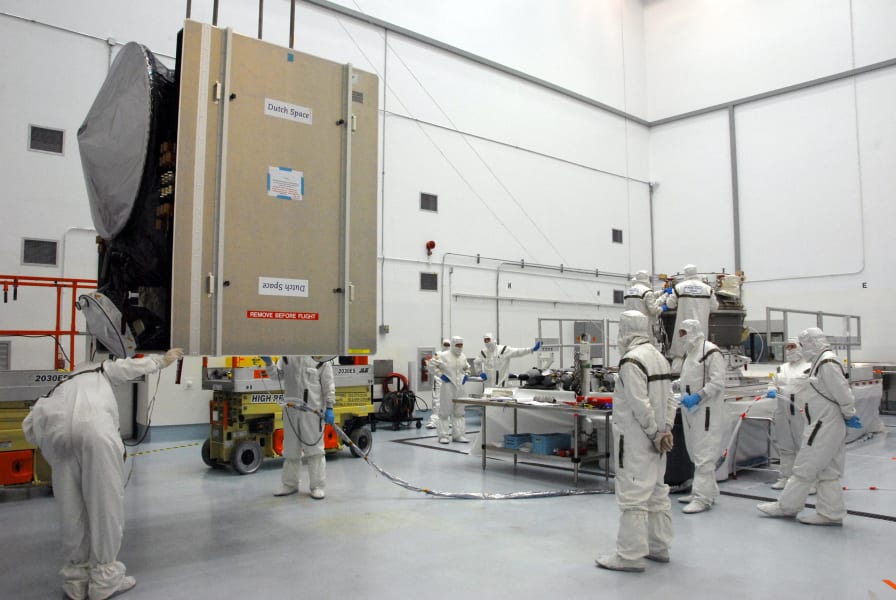Share
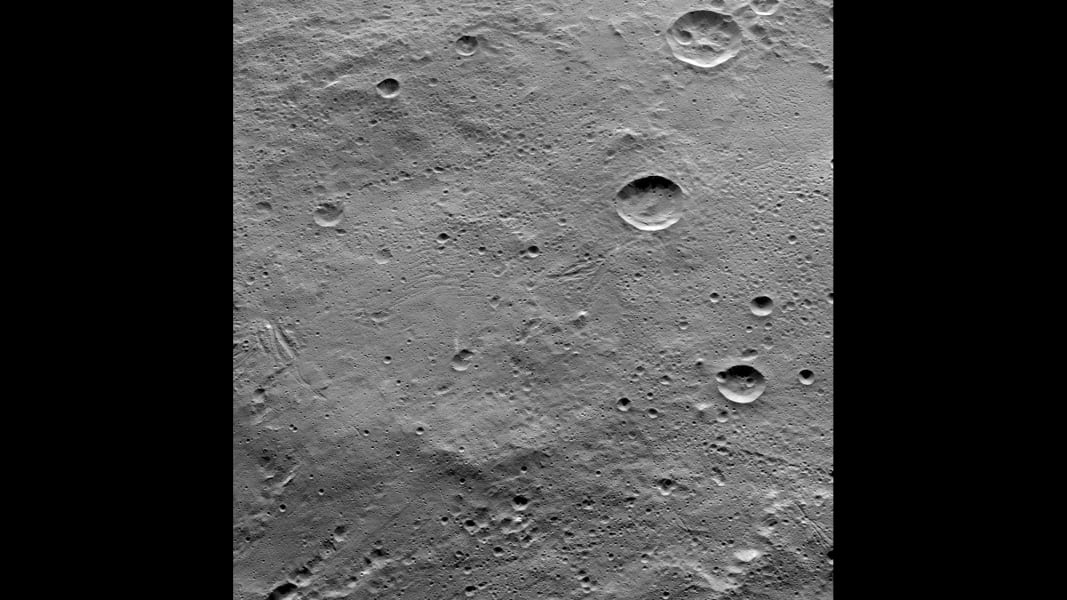

1 of 21
Ceres has several craters and linear troughs. In this image taken by NASA's Dawn spacecraft on October 14, 2015, the large crater Lono can be seen near the top right of the photo. The crater below it is called Besua. JPL-Caltech/UCLA/MPS/DLR/IDA/NAS
You can see part of Ceres' southern hemisphere in this image taken on October 18, 2015. The big crater in the middle of the picture is called Hamori after a Japanese god and protector of tree leaves. The crater is 37 miles (60 kilometers) in diameter. Dawn was 915 miles (1,470 kilometers) above Ceres when the photo was taken. JPL-Caltech/UCLA/MPS/DLR/IDA/NAS
Ceres has more than 130 bright spots, according to NASA. This false color image shows one of spots -- this one in a crater called Occator. Scientists say the substance appears to be a type of magnesium sulfate called hexahydrite. Scientists use false color to help study differences in surface materials, NASA says. JPL-Caltech/UCLA/MPS/DLR/IDA/NAS
You get a close-up view of the southern part of Ceres in this image taken on December 10, 2015. You can see craters, troughs and grooves. The spacecraft took these images while it was about 240 miles (385 kilometers) above Ceres, its lowest ever orbit. Dawn will remain at this altitude for the rest of its mission. JPL-Caltech/UCLA/MPS/DLR/IDA/NAS
This tall, conical mountain on Ceres was photographed from a distance of 915 miles (1,473 kilometers) by NASA's Dawn spacecraft. The mountain, located in the dwarf planet's southern hemisphere, is 4 miles (6.4 kilometers) high. The photo was taken on August 19, 2015. NASA/JPL
NASA's Dawn probe captured this image of a 3-mile-tall pyramid-shaped structure rising from a plain on the surface of the dwarf planet Ceres. The discovery has further fueled speculation about just what mysteries Ceres may hold. The image was taken on June 6, 2015. NASA/JPL-Caltech/UCLA/MPS/DLR/IDA
Dawn gave scientists a big surprise: Ceres has a group of bright spots glowing inside a large crater. The above image is part of a sequence taken by Dawn on May 16, 2015 when the spacecraft was 4,500 miles (7,200 kilometers) away from Ceres. It's the closest view yet of the spots. But what are they? According to the mission's principal investigator, Christopher Russell, scientists have concluded the spots are "due to the reflection of sunlight by highly reflective material on the surface, possibly ice." JPL-Caltech/UCLA/MPS/DLR/IDA/NASA
Dawn snapped this image of Ceres on March 1, 2015 just before entering orbit on March 6. The image was taken at a distance of about 30,000 miles (about 48,000 kilometers). JPL-Caltech/UCLA/MPS/DLR/IDA/NASA
"Ceres has really surprised us," said Carol Raymond, Dawn's deputy principal investigator. "The first images have produced some really puzzling features." One of the puzzles: two bright white spots that showed up in photographs taken by Dawn on February 19. NASA/JPL
Another puzzling feature on Ceres is a pancake-shaped basin seen in the lower right side of this image. The image was taken on February 19 from a distance of nearly 29,000 miles (47,000 kilometers). The basin is nearly 186 miles (300 kilometers) across. NASA
This mosaic is made up of images taken by Dawn on February 19 from a distance of nearly 29,000 miles (47,000 kilometers). NASA
These two views of Ceres were taken on February 12, when Dawn was about 52,000 miles (84,000 kilometers) from Ceres. The images were taken about 10 hours apart. NASA
Dawn took this picture on approach to Ceres on January 25. It was about 147,000 miles (237,000 kilometers) from the dwarf planet. NASA
On its way to Ceres, Dawn spent more than 300 days taking photos of the protoplanet Vesta. These three images show Vesta coming into view as the spacecraft approached in July 2011. NASA
As the spacecraft prepared to leave Vesta behind, scientists created this mosaic of the best views taken during Dawn's stay. NASA
This is Vesta's Numisia crater. It's about 19 miles (31 kilometers) in diameter. NASA
This image compares an image of Vesta taken by Dawn as it moved in on the protoplanet with one taken by the Hubble Space Telescope. Before the Dawn mission, the Hubble image was the best available. NASA
Workers check on the spacecraft, at left, as they prepare to mate it with the upper stage booster rocket on the right. NASA
Workers at Cape Canaveral prepare Dawn for launch by removing its transportation canister. Dawn was then mated with a Delta II rocket. NASA
A worker checks the xenon feed system on Dawn. NASA
Dawn's mission started at 7:34 a.m. ET on September 27, 2007, at Cape Canaveral, Florida. Dawn was launched into space on a Delta II rocket. NASA
